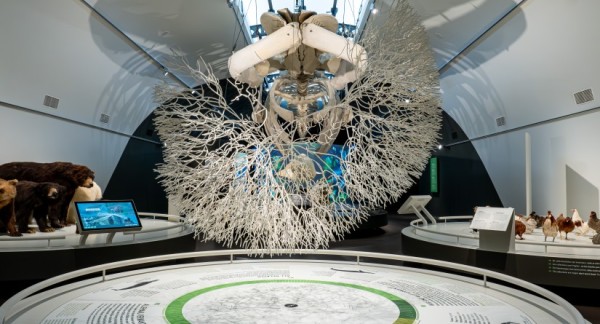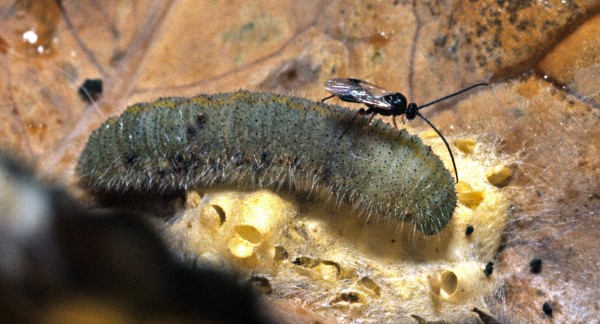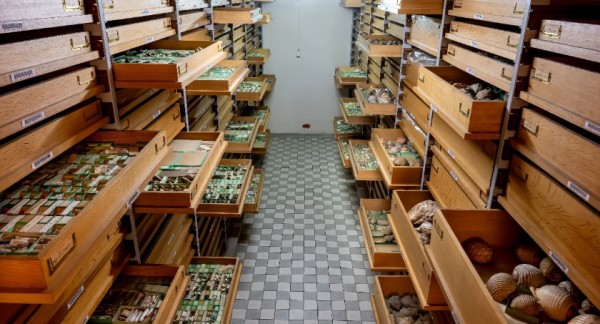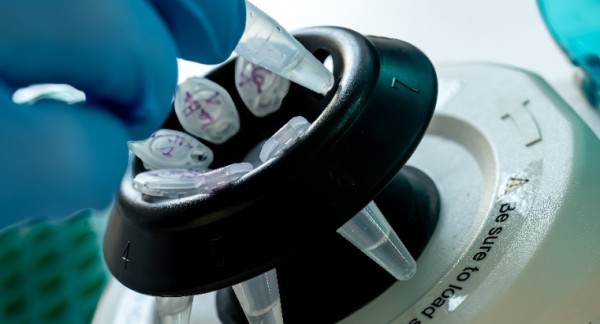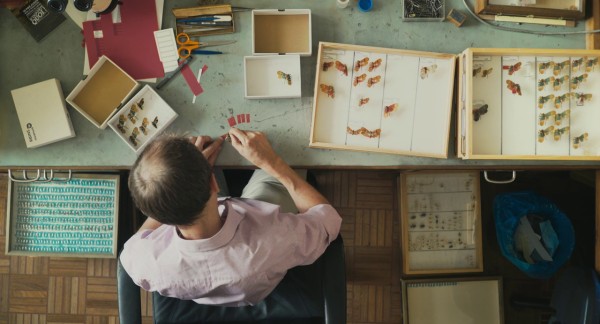Discovering new species: from the field to the lab
Discovering a new species is a thrilling blend of fieldwork, lab analysis, and scientific collaboration. From remote jungles to urban backyards, taxonomists are uncovering new species every day.
In this section, we’ll take you through the journey of species discovery—from planning expeditions and collecting specimens to analysing DNA and confirming new finds. We’ll also share stories of exciting expeditions and discoveries. Ready to explore how new species are found? Let’s go!
If you want to find new species, open your door and go in your garden. You have new species right there - Jérôme Constant
How do we collect potential new species?
The journey to discovering a new species begins with fieldwork, often in remote or unexplored areas. Scientists carefully plan these expeditions, selecting locations with high biodiversity or unique ecosystems. The goal is to find species that have never been documented before.
We can think of this process as a 3-part journey: before, during, and after.
BEFORE
-
Research: Before venturing into the field, scientists conduct a thorough literature review, examining existing taxonomic databases, museum records, and scientific publications. They analyse data to pinpoint areas with potential new species.
-
Permits: Obtaining permits and adhering to ethical guidelines is crucial. This ensures legal and responsible collection practices.
-
Logistics: Logistics planning involves securing funding, arranging transportation, and assembling a multidisciplinary team. But there’s more: Field equipment, preservation materials, and data recording devices are also meticulously prepared.
-
Planning: Defining the sampling strategy is very important. How many samples? What kind? When? Where? All these questions must be answered before heading to the field.
-
Training: Training of all personnel involved is very important. This includes training in field techniques, data collection, safety protocols, and ethical considerations.
DURING
Specimens are gathered using ethical and non-destructive methods. For insects, this might involve sweep netting, light trapping, or pitfall trapping. For plants, specimens are carefully pressed and preserved with detailed notes. For vertebrates, techniques range from trapping and netting to non-invasive methods like camera trapping and bioacoustics recording.
Another crucial step… Documentation!
Each specimen is photographed, measured, and recorded with details about its habitat, behaviour, and GPS coordinates. Detailed field notes are taken, and photographs and videos document the specimen in its natural environment.
Photographs are very important. You need a photograph on the field, as quickly as possible, to have the information of colour – Maarten Van Steenberge
Is it a new species? The identification process
The specimens have been gathered…what now? Guess the phase of this step… AFTER!
Once a specimen is collected, scientists use a combination of morphological characteristics (physical traits) and genetic analysis to determine if it’s a new species. Here are some key steps in the identification process:
-
Morphological Analysis: Scientists examine the specimen’s shape, colour, and structure under a microscope, using tools like callipers and other measurement devices. Comparative morphology involves comparing the specimen to known species using taxonomic keys and museum collections. Detailed illustrations and descriptions are created to document the specimen’s morphology. This may involve using specialized software for creating 3D reconstructions and detailed anatomical drawings.
-
Genetic Analysis: DNA sequencing may bring additional information for comparisons. It involves extracting DNA and amplifying specific gene regions using PCR, a method that allows to make many copies of the same region of DNA. The resulting sequences are compared to those of known species using bioinformatics tools.
-
Phylogenetic analysis reconstructs evolutionary relationships using algorithms and statistical methods. Genomic analysis provides a comprehensive view of the organism’s genetic makeup.
-
DNA barcoding: This method uses a short, standardised segment of DNA to identify species. A growing global database makes it easier to match unknown samples, especially useful for identifying very small or cryptic organisms.
👉 Curious to see all this theory in action? Follow our colleague Jérôme Constant while he takes you on an expedition to Chu Yang Sin National Park in Vietnam!
What did you think? Were you able to identify every step?

